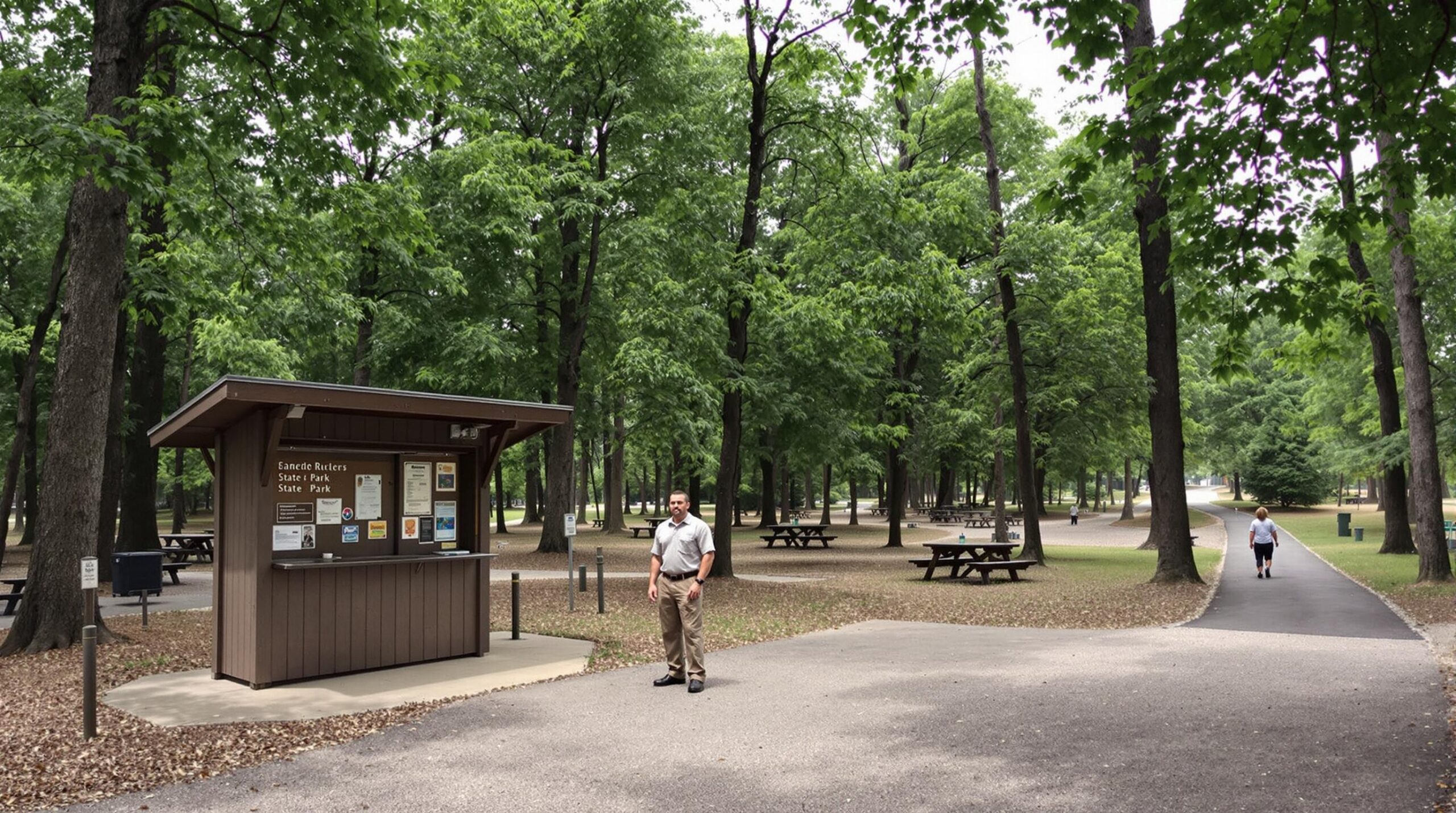Indiana’s state parks face a $10 million shortfall as budget talks near completion, prompting growing concerns about upkeep and staffing needs. Much of the operational funding still comes from visitor-based fees, which now comprise more than 90 percent of park budgets. Following a surge in attendance during the height of the pandemic, visitation numbers and associated revenue have recently flattened.
Park officials report that a tornado at McCormick’s Creek State Park generated financial strain through unforeseen disruptions. In the midst of this situation, John Goss, who previously served as Indiana’s Department of Natural Resources director, said in one interview, “I think that may have given a false sense to the budget makers that they could rely on DNR fees continuing to increase. They leveled off.”
Reduced seasonal hiring now aligns with a need to tighten budgets, and those cuts are expected to affect everything from restroom upkeep to entry gate staffing. Goss added in a separate conversation, “They will probably not collect at the gate as early and late in the evening, and that’s going to hurt revenue too. So that’s a double whammy.”
If fewer gate staff are on duty, fewer visitors may pay entrance fees. Officials have discussed alternative funding structures that do not rely so heavily on day-to-day ticket sales, including supplemental funds to help avoid compromising basic operations.
In an official statement, the Indiana DNR said in one release, “Pools and the beaches will be open regular hours, and nature centers will be open most days for guests to learn more about the unique natural and cultural features of the parks.” However, managers face choices about prioritizing staff coverage for essential duties. Maintenance activities and thorough sanitation may experience delays if not enough workers are available.
A proposal to raise entrance and camping fees, which have remained static for a decade, has emerged as a possible fix. John Goss advocates at least $10 million in legislative appropriations so the parks can continue operating without further sacrifices. He believes that a stable funding base is essential for protecting resources and supporting year-round visitor enjoyment.
According to widely shared industry practices, cross-training workers is one way parks can remain flexible if they cannot hire extra personnel. By preparing employees for roving roles like gate management, lawn care, and general upkeep, managers can quickly shift people where they are needed. Flexible hours and modest perks, such as complimentary camping, are recognized methods for retaining seasonal staff.
Independent campgrounds and similar outdoor attractions have employed these staffing practices to avoid sudden lapses in visitor service. This approach can reduce the effects of unpredictable revenue streams tied to weather or timing. Preparing workers for multiple tasks lessens the risk that a crucial service will go unattended on busy weekends.
Cross-training part-time or seasonal employees so they can handle multiple responsibilities, such as pool supervision or gate operations, can maintain dependable coverage during peak periods. Implementing clear scheduling tools is widely recognized as a best practice for reducing shift confusion, and modest employee perks like flexible hours or complimentary camping nights can also help retain proven workers. These strategies support day-to-day operations at outdoor hospitality venues that cannot simply add new hires when revenue fluctuates.
Another recommended approach involves mitigating financial risks by introducing premium packages or specialized off-season events. Activities like guided tours or holiday-themed gatherings often attract niche demographics willing to pay more for unique experiences. Studies show that building partnerships with local tourism organizations can expand marketing reach, generating additional revenue during traditionally slower months.
Another approach involves seeking ways to bring in revenue beyond daily visitor fees. Operators can broaden offerings with premium tours or off-season special events to attract a wider range of guests. In general, such approaches can draw new visitors whose spending may support operations over a longer timeframe.
While officials acknowledge fee hikes or state dollars alone will not fully resolve the shortfall, adopting varied funding sources could lessen the current fiscal burden. New activities and moderate partnerships with local businesses might diversify the customer base, potentially improving overall visitor spending. Those options may help the parks sustain essential services without relying exclusively on fluctuating attendance.
Indiana’s parks have historically been valued for their natural beauty and recreational variety. The emphasis now rests on stabilizing budgets through either legislation or carefully tiered user fees so that routine maintenance and welcoming facilities remain part of the visitor experience. Any enduring solution, however, appears to hinge on adopting strategies that keep the parks secure against revenue drops, whether caused by storms, changing visitation trends, or broader economic shifts.
There is concern that without a stronger funding framework, basic services could visually degrade, and retaining hardworking seasonal staff or maintaining clean, family-friendly amenities may become increasingly difficult. Officials continue to weigh fee adjustments, alternative appropriations, and operational efficiencies, hoping to uphold pristine park conditions for years to come.


